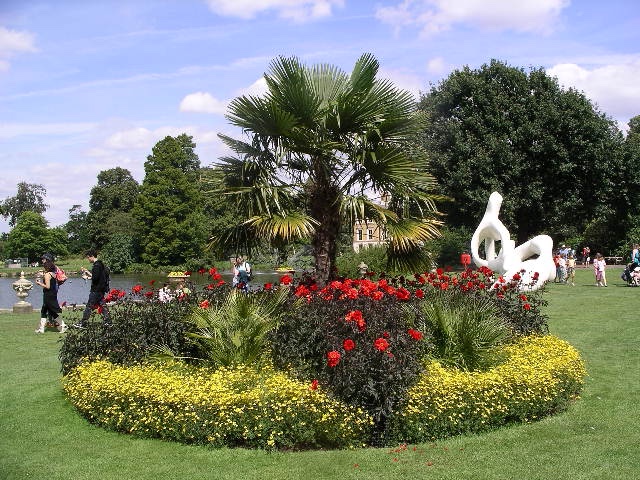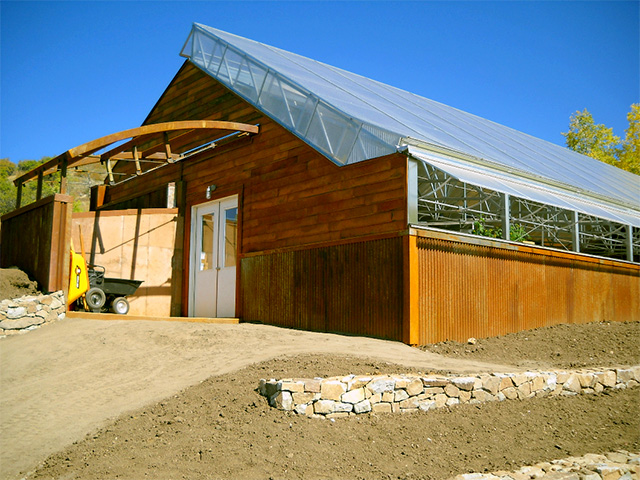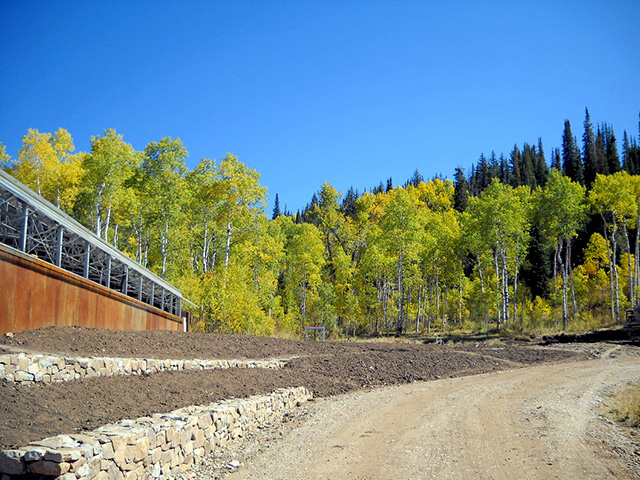A Blog of Personal Thoughts
Peace of Plants
February 2023
For relaxation, one of my favorite things is to go to a large greenhouse or arboretum. When I lived in Edinburgh, that was easy. I just had to walk down Inverleith Row to the entrance of Edinburgh’s Royal Botanic Garden to enjoy the peace of plants and the solitude of walking and sitting amidst trees, bushes, flowers, and many gardens.
That garden remains one of my several favorites. When my mother and I lived on Inverleith Row, I could look out the back window and see part of the gardens for a relaxing moment. To walk five minutes towards town had me at the Garden’s gate. One day I sat on a wooden bench in the early spring and thought about Hegel in the green that surrounded me. Why Hegel? I don’t really remember other than I had read some statement of his in which he said sentient life existed even in a leaf or blade of grass. That may also be a misremembering and only an awareness of what I thought. I did, however, enjoy the early spring weather of new green shoots bringing the world out of its dormancy and back to life again.
When living in or visiting London, I often went to Kew Gardens. I like walking the outdoor patterned paths and plants, but more, I like the greenhouses.
 |
A walk with my sister Kew Gardens, London, 2007. |
When I worked at Topeka State Hospital, it had an abandoned greenhouse across the road from the building where I worked. It was a tough job, being the assistant principal at the school for inpatient and day students. Being sworn at or threatened daily was not unusual. Restraints were less common but occurring two to three times a week. Yes, it was a stressful job. Sometimes I walked to the greenhouse to relax. Occasionally, I took a short lunchtime there with an apple and cheese in hand or pocket. I walked around inside and pruned dead and dying leaves off the large plants including huge philodendrons with their foot-long leaves. Unmaintained, the greenhouse was a bramble of leaves and stems. The only plants left were those that would survive with little care. Plants that reached to the glass ceiling and bent over gave me a sense of deep peace.
I then walked back to the school building, my bucket refilled to deal with staff questions or obstreperous students. The head of grounds for the hospital also liked the greenhouse; he and I seemed to be its only visitors and caretakers. He gave me a key to it, but still spent many more of his breaktimes there than I did. I miss the solitude of that greenhouse.
Remembering those days, I am covered with a feeling of relaxation looking at photos of abandoned nineteenth century greenhouses. I fill any beautiful, old, and empty glass arboretum with plants of my choice—fig trees, sego palms, bottle palms, umbrella palms, climbing rose bushes, philodendrons, Japanese maples, a pond with lily pads, shoulder high sword plants, a variety of plants that delicately drape and curve over walkways and benches. Some of the ceiling windows open so the occasional birds fly in and out.
Then I remember the greenhouse my son built for a customer in Colorado. Here are two views of its outside and one of its nascent inside with plants and construction growing at the same time. His daughter toddles around inside.

|
A door to the greenhouse |
 |
A toddler wanders the greenhouse. It's unfinished but at the same
time grows plants. |
 |
A Colorado greenhouse |
I live in my own greenhouse of the largest temperate rain forest on the planet. I live in a Sitka spruce forest with dying out pine trees and new coming hemlock. It is a landscape changing in hundred-year cycles. Of the 12,000 different species of moss, I have no idea what kinds we have. I have much to learn about the vegetation where I live. I don’t know all the kinds of mushrooms either, but I know which ones never to eat and about six that are delectable and safe.
I like the natural garden where I live. It is a temperate rain forest with hundreds of different kinds of plants. Conifers, alder, cottonwood trees. Far more ground cover than I have even begun to know—four-inch-tall dwarf dogwood. Nagoonberries, strawberries, salmonberries, blueberries. Beach asparagus. Wild iris. Chocolate lilies. Fiddlehead ferns. Shooting stars. Equisetum, or horsetail. Lowbush cranberries. Highbush cranberries. These are oh so few of what lives on my land. It is a wild forest with some of our paths originally made and occasionally still used by bears. Our path to the original outhouse 25 years ago is an old bear path. Now we have more people as neighbors and fewer bears. It’s a trade-off, but I am aware I live on land I do not own. My husband and I just paid to reside on it for as long as we like. We cannot own the land for it belongs to the planet.
The difference between my small segment of a wild rain forest and a planned greenhouse is just that—wild versus planned. Fifty years ago, a greenhouse at a public garden was quiet. Like museums now, they are no longer quiet places but shared space. I have no objections for both are being used a lot. On the other hand, I long for the quiet days. My wild forest is not quiet with its birds, insects, and animals walking through. Yet it is quiet to sit outdoor with human noise seldom heard. I like the silence of nature, the peace that plants offer in the wild or in a greenhouse.
Just After my niece sent me two photos, I investigated the possibility of building my own greenhouse. Cost of materials, where to put it on our land, and then the cost of maintenance. I decided to leave nature for me to enjoy in all seasons and to have more houseplants. I looked at my arrangement—sword plant, jade, sword plant, jade, and decided it was boring. I needed more variety, or perhaps arrange all the sword plants together and all the jade plants together. Somehow, in a cabin in Alaska, I must simulate a greenhouse worthy of a very small Victorian room. I must sit to look at my plants more often.
When I went outside after first writing this, the trees, their limbs, and needles held a different look. Each tree stood separately in the forest. Each spruce needle was its own single one as well as a part of the collection that made the limb, each limb its own, and all needles and limbs combined at the trunk to comprise the whole tree. 
|
